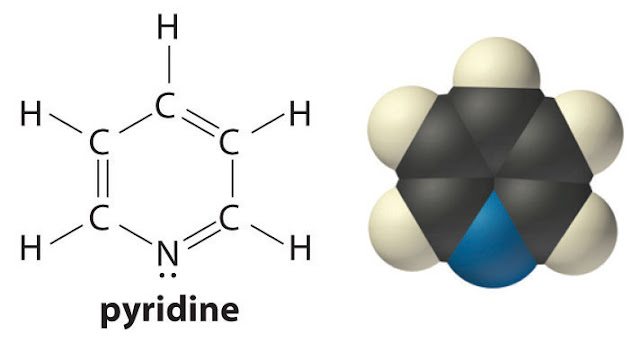Global Pyridine Market is Expected to Exceed US$ 2,228.3 Million by The End of 2028, Growing at a CAGR of 9.5% During The Forecast Period (2021 to 2028)
 |
| Pyridine |
Pyridine is a colourless liquid chemical compound with an unpleasant odour. It has the chemical formula C5H5N and a structure that is similar to benzene. It is miscible in the majority of organic solvents and is derived from chemical products such as formaldehyde, ammonia, and acetaldehyde.
Market Drivers
The Pyridine Market is expected to grow due to rising demand for synthetic pyridine from the chemical and pharmaceutical industries. Synthetic pyridine accounts for 95 percent of global pyridine production, according to Coherent Market Insights, and is the only alternative for meeting high demand. Huge demand for the product is being driven by strong growth in the chemical and pharmaceutical sectors, which is expected to fuel market growth over the forecast period.
The high demand for pyridine as an active ingredient in agrochemicals is expected to drive market expansion. It is used in the manufacture of pesticides. Significant demand for pesticides is fueling market growth due to the growing need for higher quality yield crops and rising global food demand. This is due to rising population levels.
Furthermore, the increasing adoption of advanced farming practises is expected to fuel Pyridine Market Growth over the forecast period. In 2020, the Asia Pacific region dominated the global market for pyridine, accounting for 40.79 percent of total volume, followed by North America and Latin America, respectively. As a result of increased demand for pesticides as a result of the growing demand for higher-yielding crops.
Restriction on the Market
The Pyridine Market is expected to be hampered by strict rules and regulations governing the use of pyridine. For inhalation exposure, the Acceptable Daily Intake (ADI) for pyridine is 0.002 mg/kg/day, with a Reportable Quantity (RQ) value of 100, according to the Occupational Safety and Health Administration (OSHA). One of the major factors limiting the use of pyridine as a herbicide is the harmful composting it causes. Additionally, excessive pyridine use has the potential to contaminate compost feedstock, such as hay and manure.



Comments
Post a Comment